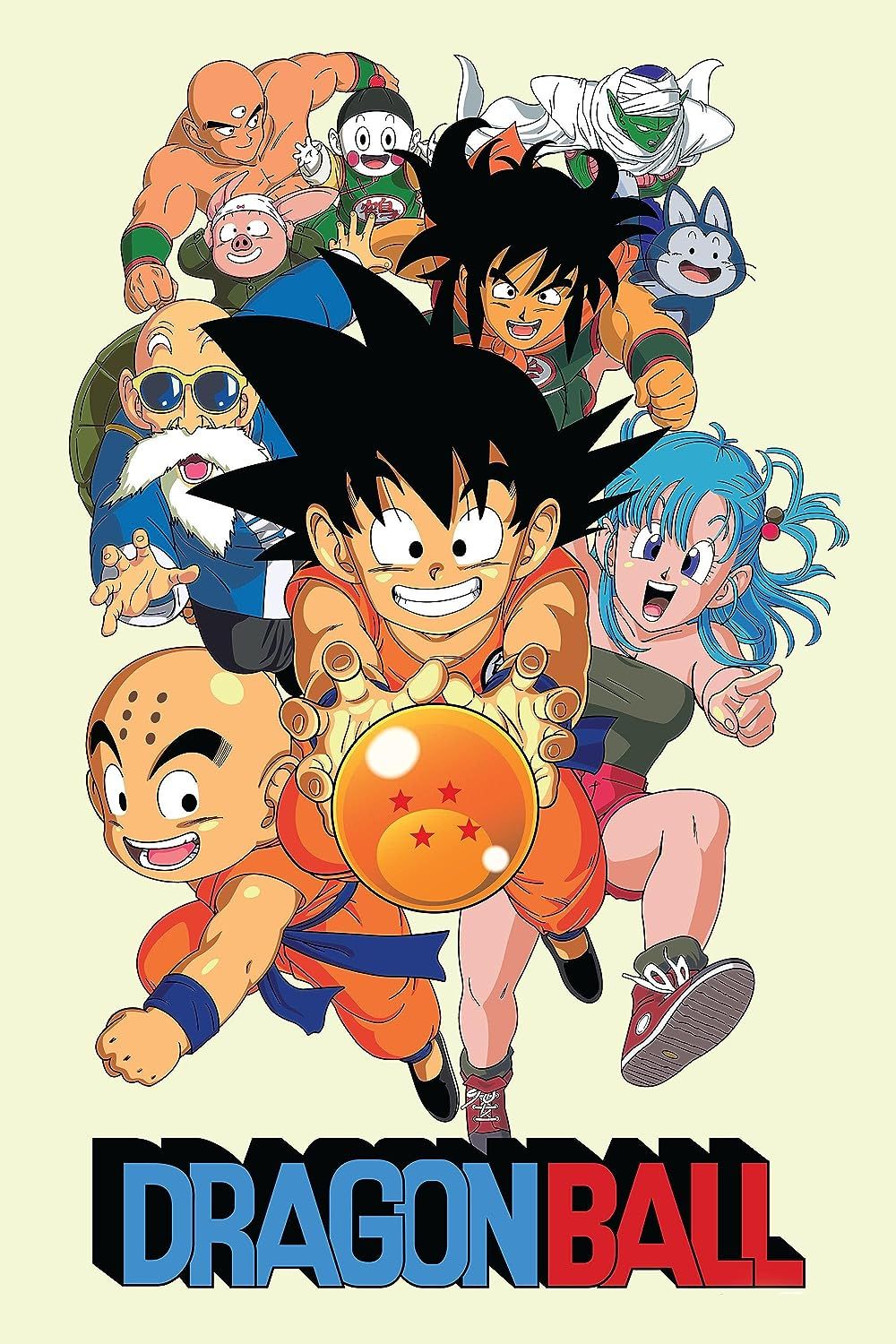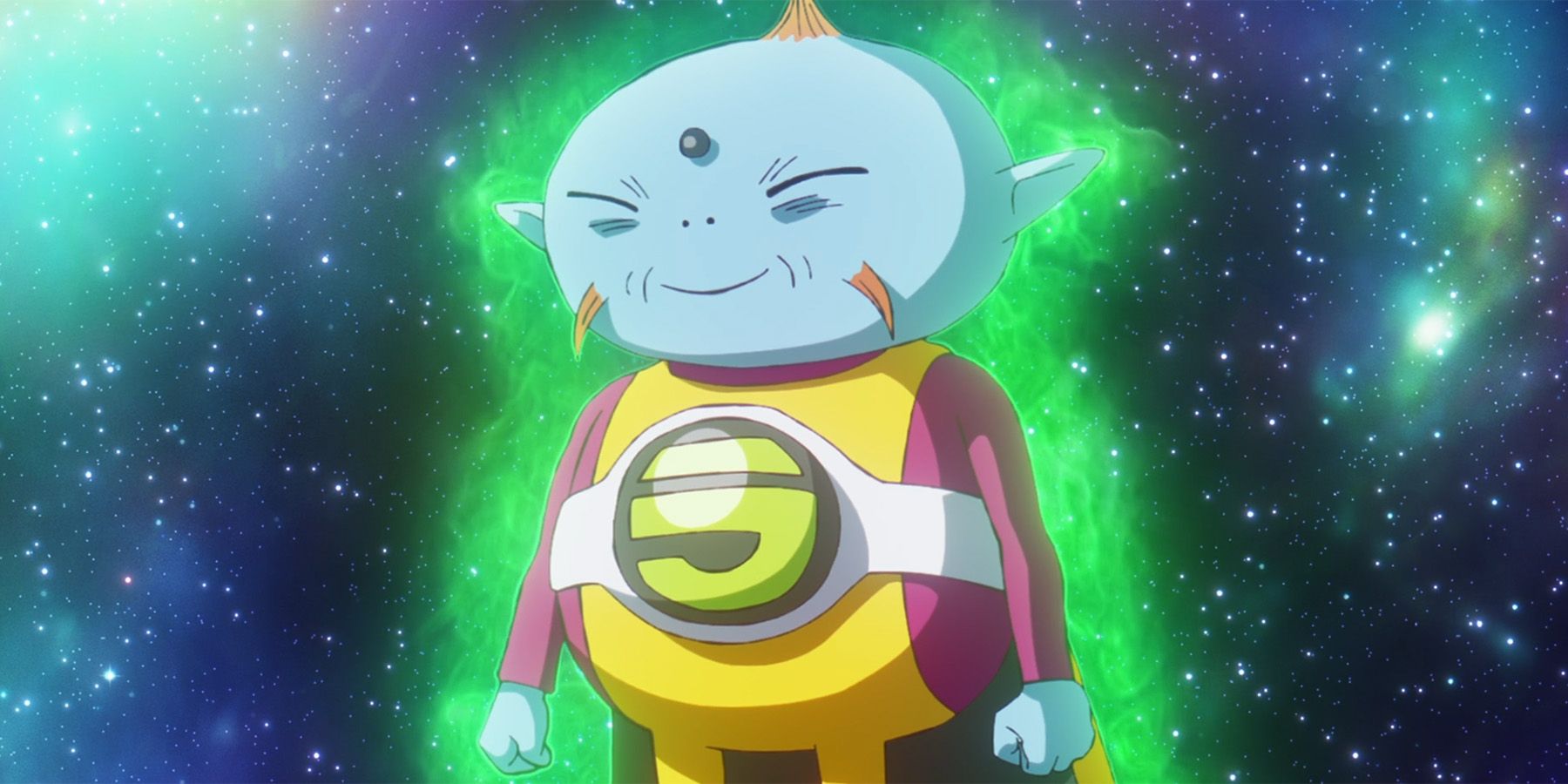Summary
- Majins encompass many demonic and magical beings, not just one race.
- Majin Buu and his unique species are artificial Majins, known for their stretchy skin.
- Majin Ogres, evil beings, appeared in non-canon material but might canonically exist in the Demon Realm.
Quick Links
Warning: The following contains spoilers for Dragon Ball Daima, Episode 10, “Ocean”, now streaming on Crunchyroll.
There is a bit of confusion about what the Majins in Dragon Ball are. Some might think the Majins are a race of beings, but that’s not exactly it. “Majin” is actually a term referring to an umbrella of different races and species. Generally speaking, demonic and magical beings fall under the category of Majin, which is why most sentient species originating from the Demon Realm are considered Majins, with a few exceptions, like the Namekians. Additionally, a few races and beings outside the Demon Realm are also considered Majins.
The literal translation of Majin is “Demon People”, another reason why a majority of the Demon Realm species belong in this category. However, not every “demon” is considered a Majin, as members of the Demon Clan, like Demon King Piccolo and Garlic Jr., are not considered Majins. In the Xenoverse games, it’s the other way around, and Majins are actually believed to be members of the Demon Clan. However, these games aren’t canon to the Dragon Ball anime and manga, so whether or not that applies to the entire franchise is debatable. Also, despite being “demons”, not every Majin is evil, unlike the members of the Demon Clan. Many Majins are just ordinary civilians, while some are even kind-hearted, like Panzy and the reformed Majin Buu.

Related
Dragon Ball DAIMA: The Demon Realm Dragon Balls, Explained
The original set of Dragon Balls.
The Different Types of Majins
The Majins of the Demon Realm
The Demon Realm Majins, as their name implies, are the various species of Majins that reside in the Demon Realm. Their appearances vary from closely human-like, such as Panzy and Glorio, to humanoids with animal features, such as the various Majin civilians seen throughout Dragon Ball Daima, to more unique-looking beings like Gomah and Hybis. It can get a bit confusing because the Majins of the Demon Realm have never had their races named in the series. They are all simply called Majin, even though many of them have different skin tones and body feature. Generally speaking though, the Majins of the Demon Realm have a natural affinity to magic and have pointy ears.
As mentioned earlier, not every sentient species in the Demon Realm is a Majin, even if they have similar features, like an affinity to magic and pointy ears. The Namekians and the Glinds are both magical races with pointy ears, but they are not considered Majins.
Majin Buu’s “Species”
The name might be a dead giveaway, but yes, Majin Buu is a Majin, albeit a very unique one. Buu is an artificial creation made by a Majin witch in the Demon Realm named Marba. As such, there are not a lot of members in his species, which the English release of the manga refers to as “Djinn”. While in the anime and manga, Majin Buu and Majin Kuu are so far the only beings belonging to this species, several more characters from various Dragon Ball video games do. The games aren’t canon to the anime and manga though, so take that however you will.
Buu’s species is characterized by their stretchy skin that resembles rubber or bubble gum. The texture isn’t just for show though, as their skin allows them to morph their bodies into whatever shape they want and gives them incredible regenerative abilities. However, it’s not yet clear if Majin Kuu has these qualities, as he has Saibamen DNA mixed in with Majin Buu’s.
Ogres
Firstly, these Ogres don’t refer to the horned creatures that manage the Other World, led by King Yemma, who himself is also an Ogre. The Majin variant of Ogres is less prominent but is still worth mentioning. Ogres are an evil Majin race that appeared in the movie Dragon Ball: Sleeping Princess in Devil’s Castle. They’re mostly grunts working for more powerful beings like the Demon God Lucifer and Demon King Shula. Although this Dragon Ball movie is non-canon, Majin Ogres might actually exist in the Demon Realm, as they were mentioned in a story told to baby Dende in Dragon Ball Daima episode 5, “Panzy”.
Majin Ogres, like their Other World counterparts, are horned creatures. However, they look more monstrous compared to the Other World Ogres, who closely resemble humans with blue and red skin. Majin Ogres have features like clawed hands and feet, razor-sharp teeth, and animal ears, giving them a far more frightening appearance.

Related
Dragon Ball DAIMA Finally Brings Goku and Vegeta Back Together
Dragon Ball DAIMA finally reunites Goku and Vegeta in the Demon Realm as an action-packed battle with Tamagami Number One begins.
A Good Chunk of Life in the Multiverse May Have Started as Majins
The Demon Realm Majins Are the First Citizens of the Multiverse
In Dragon Ball Daima episode 10, “Ocean”, Shin, the Supreme Kai, tells Goku’s group the history of the multiverse outside the Demon Realm. His story reveals a lot about Dragon Ball lore, including the fact that the first forms of life to populate the multiverse were Majins who migrated from the Demon Realm. This implies that a large portion of all life, or at least all sentient life, in the multiverse have some Majin DNA in them. Not all life descended from the Majin though, as some life was created by the Supreme Kais, who are tasked with filling the universe with life, and others still might have come about naturally.
“Not all of them. For example, Earthlings and Saiyans were born after your universe was created.” – Shin in response to Bulma asking if all life descended from Majins
Dragon Ball is now available to stream on Crunchyroll.

Dragon Ball
- Release Date
- February 26, 1986
- Studio
- Toei Animation
- Creator
- Akira Toriyama
- MyAnimeList Score
- 7.97














Leave a Reply